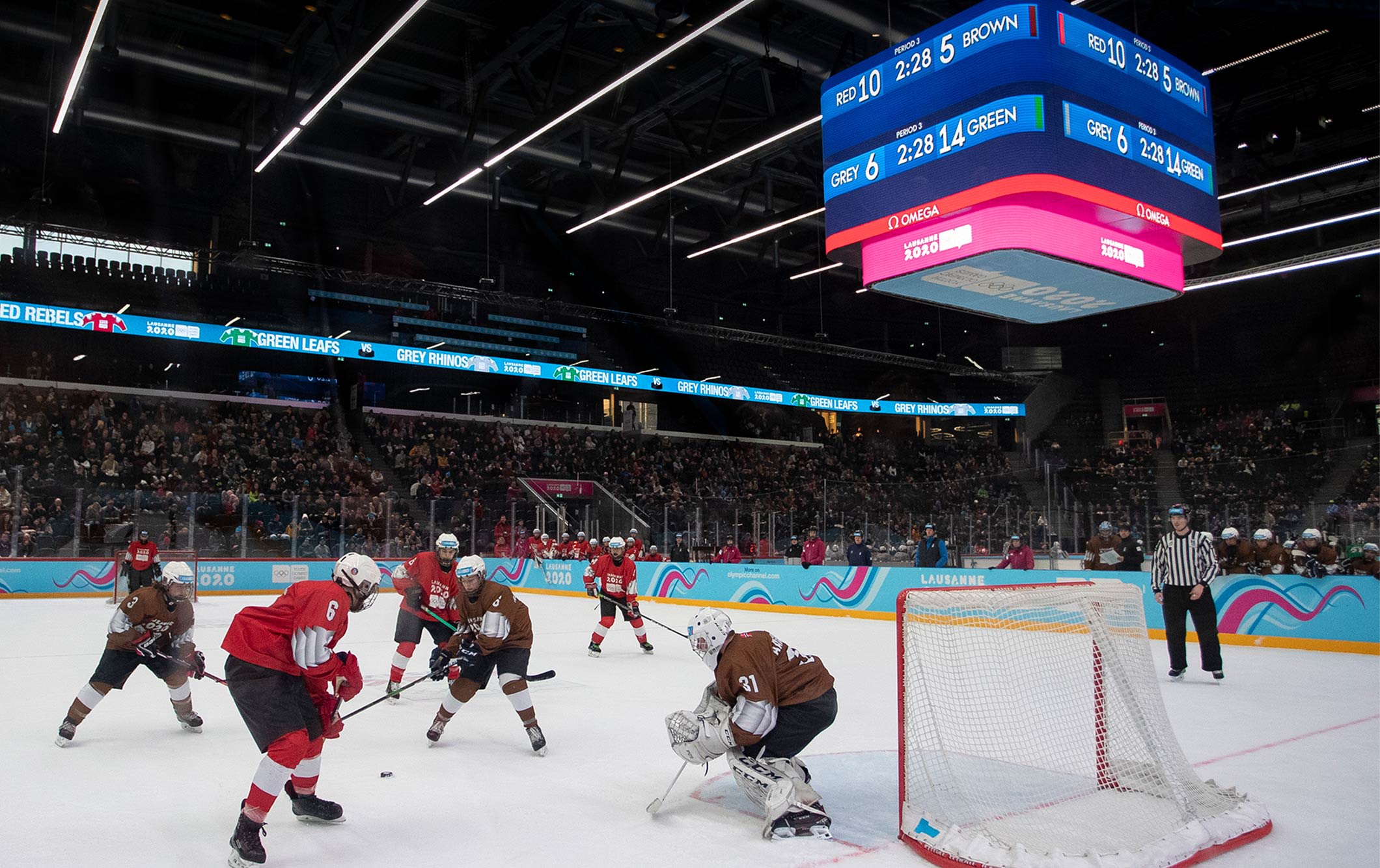The Timekeepers, those guardians of time...
An Olympic medal is played to the nearest hundredth of a second and to the most precise score. Behind the athletic performances, Omega, the Official Olympic Timekeeper, ensures the integrity of the YOG results.
Victory or defeat. Glory or disappointment. Sometimes it only takes a little bit to make sports history. A breath, sometimes barely represented by a hundredth of a second or decimals of a score. Behind the performances that crown the athletes are the guardians of time, or scores, and therefore of athletes results. They are called Timekeepers. A task assigned to Omega, which has been an Official Olympic Partner since 1932, at the Lausanne youth YOG. "Our duty is to provide the results to the athletes and we have to manage all the timing and scoring information and data," explains Alain Zobrist, CEO of Omega Timing.

Whether on the giant screens at the various venues, on your television sets or on the relevant websites, all the numerical data is therefore provided and managed by the Official Timekeeper of these Games. "Of course we have a lot of exposure, but it is a big responsibility. We can’t leave room for error."
Three backup systems
On behalf of these YOG, 60 tons of equipment were placed on the competition sites with the presence of 150 people managing the entire timing system, which was developed entirely in Switzerland. Technological developments have made it possible to computerise a process that for a long time was manual. And to avoid any problems in the event of a technical glitch, the main system naturally has several back-up sources. "For example, in alpine skiing, we have two timekeeping cells at the finish line. The first one and the replacement one, should the first one fail. There is still a camera on the line as a third back-up. And if there really is, there is still manual timing," explains Alain Zobrist.
Operating in extreme temperatures
The Timekeepers arrive in Lausanne with equipment that has already been tested for many months in various competitions. "We are constantly developing our systems thanks to feedback from the Timekeepers, the engineers, but also from the athletes and the federations themselves. We have to be at the top." For example, the equipment must be able to operate in extreme temperatures. "Between -50° and 80°," says Alain Zobrist. "We had a case during downhill training in PyeongChang where it was -40° at the start one morning and there was no problem."

Of course, the system must be adapted to each sport according to their rules, with the approval of the Federation concerned each time. Thus, a ski race is not timed in the same way as a biathlon race. "Thanks to the camera at the finish line, which collects 10,000 images per second, we can measure the time to the thousandth of a second," says Alain Zobrist, taking the example of short-track. These are things that we can't see with the naked eye."